The day The New York Times called Donald Trump a liar (Part 2)
By Cristina DC Pastor
Pedro Rafael Rosado has been with The New York Times since 1994, a period when, according to a Knight Foundation report of newsrooms from 1990 to 2005, newspapers around the country were starting to hire journalists of color to address the issue of diversity.
He started out as a copy boy, one with a Mass Communication degree from NYU. On top of that, he studied Film Production and Latino Studies from CUNY/Hunter College. Pedro is of Puerto Rican ethnicity.
“My first job after copy boy, because there’s still copy boys then, was assistant editor of the National Edition,” he told members of the Filipino American Press Club of New York during the group’s visit to the Times building.
Years later he would become assistant to the editor of News Technology, a position that harnessed his skills in computers and technology.
“I owned a recording studio before I came here,” he shared. “I’ve always been fascinated by computers and multimedia and visuals and radio. I’ve done print but my strength is the multimedia side of things.” He is currently the president of HeadStepper Media, a digital production company he co-founded in 2012.
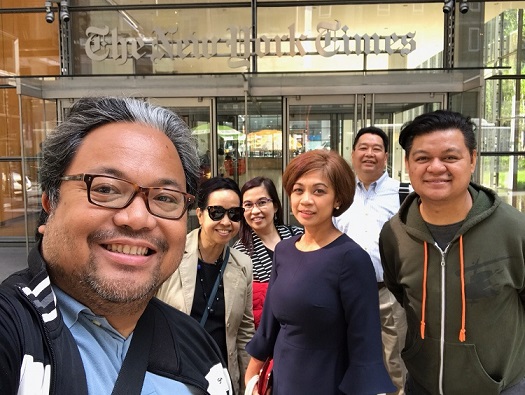
Officers of the Filipino American Press Club of NY visit the NYT: From left, Momar Visaya of Asian Journal; Cristina Pastor of The FilAm and Makilala TV; Marivir Montebon of OSM magazine; Monette Rivera of ABS-CBN; Ricky Rillera of Philippine Daily Mirror; and Don Tagala of ABS-CBN. Photo by Momar Visaya/AJ
At the Times, he rose the ranks always working behind the scenes as a multimedia editor. “I was operations manager for the video department. Then I was operations and assignment editor for our video team. I helped create the first version of our radio department, and now I’m helping with the second iteration of the radio department.”
In 2001 as a staff editor, he became part of the team that covered 9/11, a chapter in his journalist life he will always look back at with sadness, but also with profound pride.
This self-identified Times “lifer” sat down with the Press Club and answered questions on a wide range of topics – always with candor and with the caveat that all views are his own.
On the Times evolving as a digital publication.
The Times has been around 160 plus years. It’s a big company, and big companies do not tend to move or shift in technology or with corporate shifts in the way we do business. This Digital Innovation Report (an internal report) basically took the very difficult and painful look at what we need to do to compete with the smaller news organizations, with online news organizations that don’t have the overhead that we do, that don’t have the resources that we do so they are able to be more nimble than we are.
Traditionally, all the news organizations we are familiar with have a wall between the business side and the news side. What we’re trying to do now is collapse that wall. We’re not gonna be running stories attractive to advertisers but there is that thinking that we have to be more responsive to our audience, and by that token by what we make available through our business side and how they can sell our products…Even here you get the vibe that we’re a tech organization now instead of a newsroom.
On being labeled Fake News.
When President Trump initially started stretching the truth, that’s the way we would describe it – stretching the truth or bending the truth. As an organization we never called something a lie or suggest there was intent to mislead. And when you’re talking about the president, regardless of how you feel about him, when you make an accusation like that, it’s a very slippery slope. Very dangerous. There were weeks and weeks and weeks and weeks, discussions, fights, arguments, people raising their voices because one of our reporters was going to say that the president-elect lied. We’re gonna use the word lied, that’s the first time we’ve ever done that.
One of the things we’re doing here in the Times is focusing on bylines, focusing on datelines where the stories are reported because one of the things we learned through surveys and just doing reporting is that there’s people out there who don’t believe that we’re actually where we say we are. We have people all over the world. Now we feel we have the need to show them. This is where we were, this is how we report the story, we’re on the scene. It’s not fake news. We’re not just pulling somebody else’s story. One of the important things we’re doing here is pushing back against the idea of fake news. It’s easy to call somebody Fake News. We’re hoping people are smart enough to realize that it’s not.
On the future of print.
You’re asking a guy who lost his job (actually didn’t get a job promotion) because he told his senior editors that he didn’t think newspapers was going to be around in 10 years. At that time AOL was the big thing. (laughs) These kids, I told them something that kinda freaked them out a little bit. I told them, listen right now you kids, (age) 19, 20, 23, you guys hold the key for how to save the news business because all of us are desperate to find out how you guys ought to pay for your news.
Millennials, they’re the key. Once you figure out how to pay for the news, we’ll give it to you. The worst mistake in the world, and again it’s the arrogance, is we gave it away for free. Because we didn’t think…we would so big, so influential, so a part of our lives, and also (we believed) that newspapers will always be there. You can just walk up to your newsstand and pick up your paper. Just pure arrogance. It was such a mistake. Nobody wants to pay for something now that they can get for free.
Digital advertising versus print advertising. There’s a money difference. We still get a huge part of our profit from the print business. We can charge up to $500,000 for double page for a movie, you cannot get that with a banner ad.
On the Times being called elitist.
Our co-publisher said exactly that. He said we are educated people with political leanings who live on the East Coast of the United States. We don’t know what the rest of the country is dealing with or experiencing. He admitted it, the co-publisher, the top guy, not somebody disgruntled.
But the nice thing about it is the co-publisher is saying this. That’s great. That’s fantastic because now we can change that culture. And he’s actively looking to change that culture. It doesn’t happen overnight.
Part 1: NYT editor on Rodrigo Duterte: ‘What he’s doing is so beyond awful’
Copyright © 2017 The FilAm

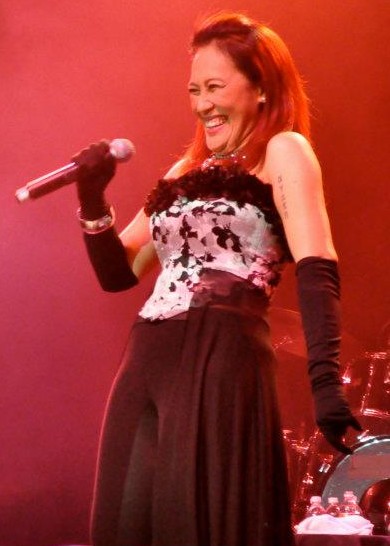
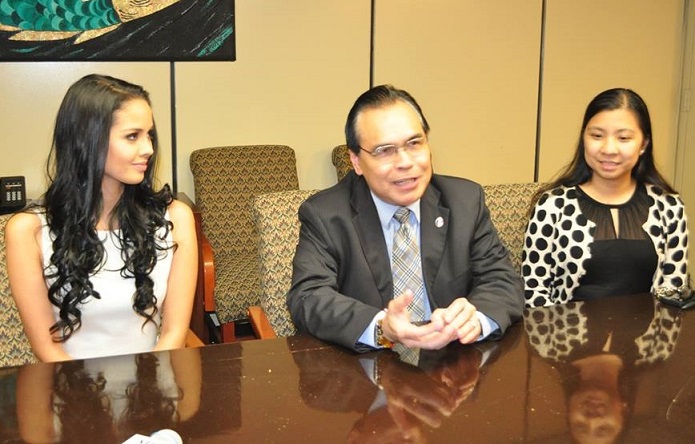
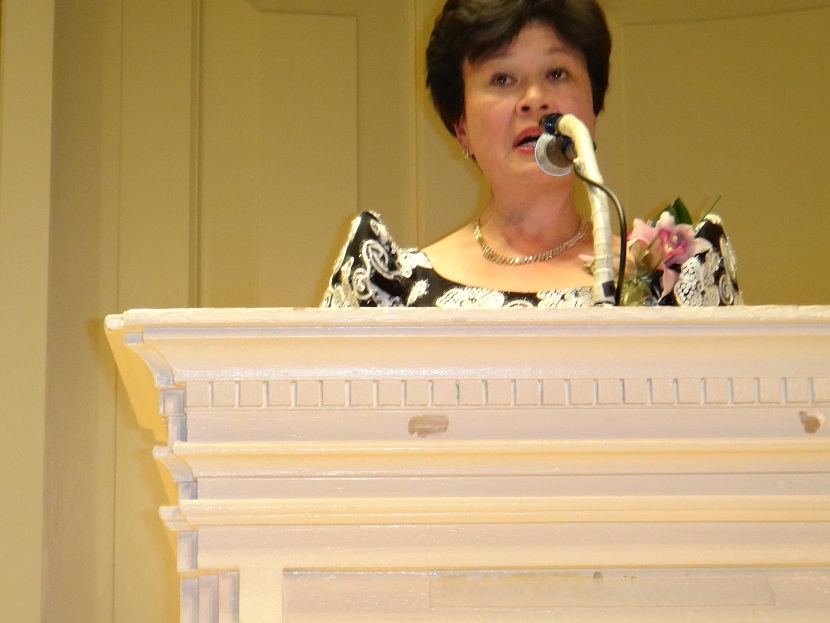
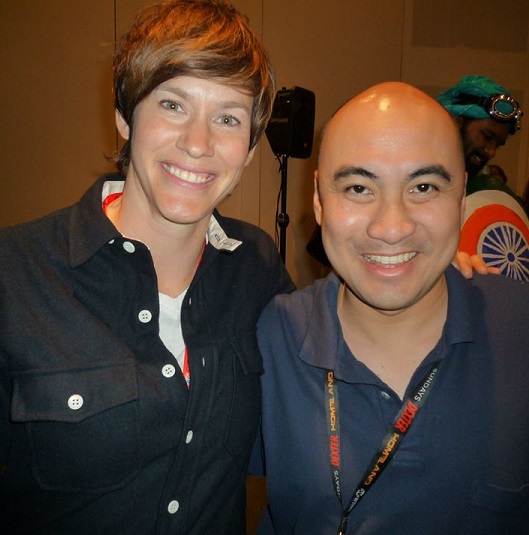
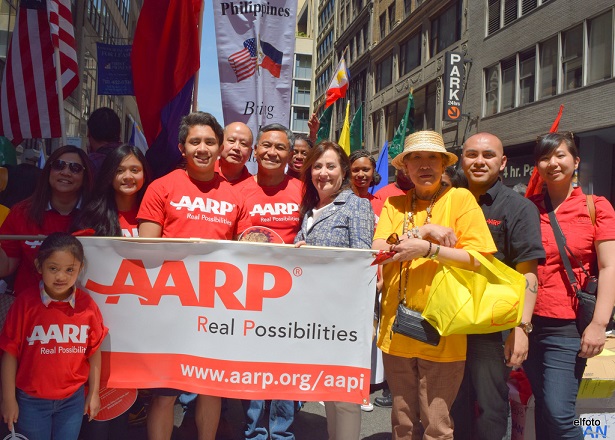
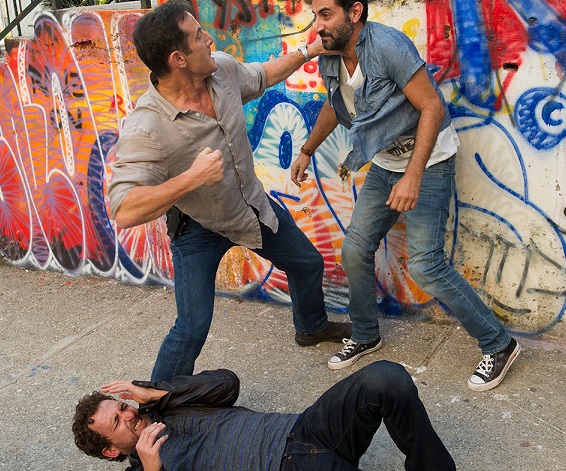
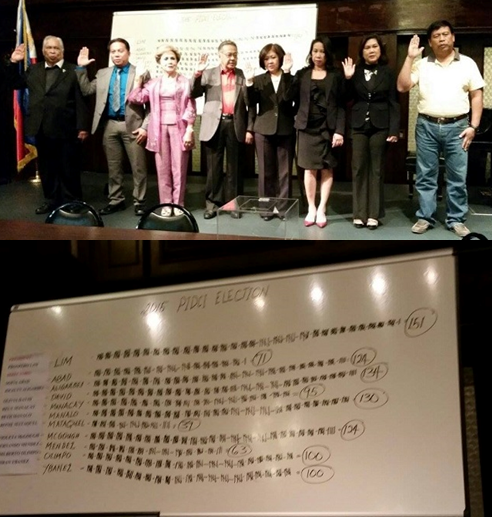

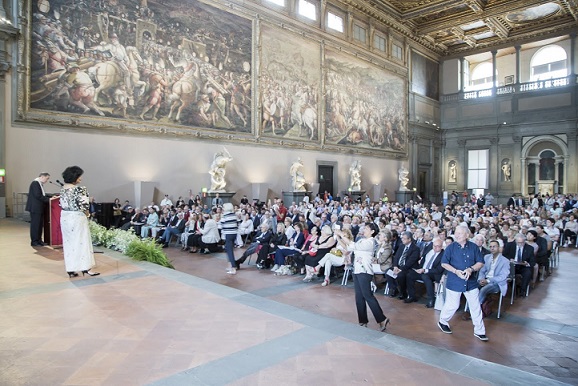
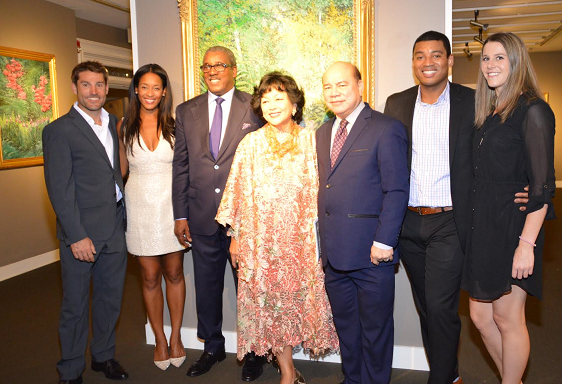
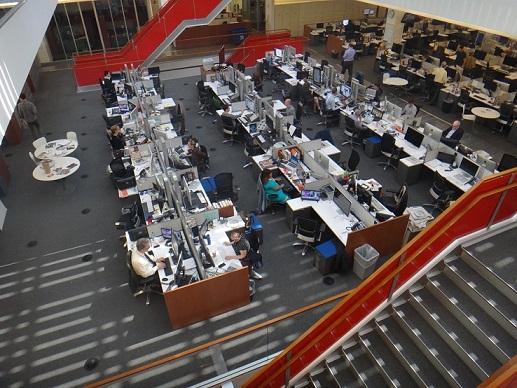
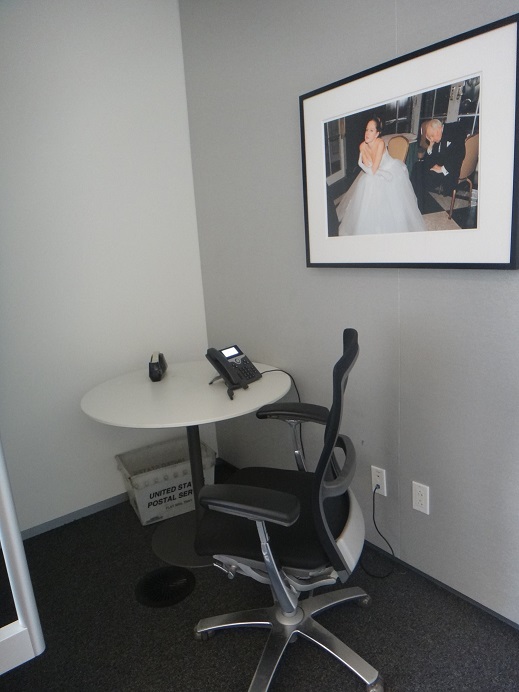
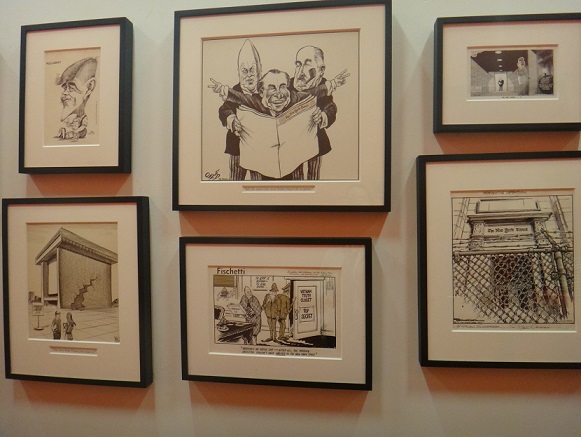

[…] The day The New York Times called Donald Trump a liar […]